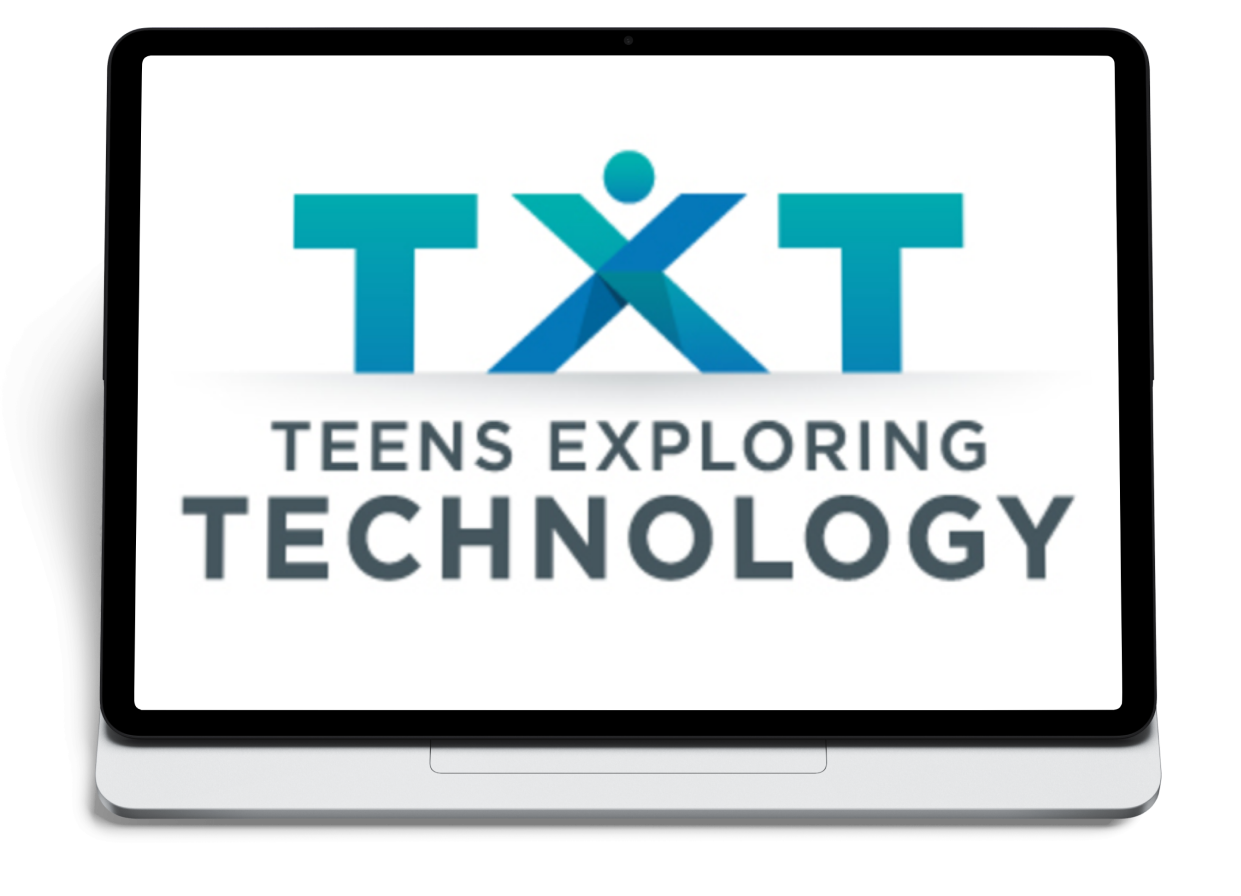Overview
Context
I interned at TXT, Teens Exploring Technology, as a product designer. TXT is an immersive 10-week Summer experience where young men of color develop as technology leaders. Inner city students partake in experiential learning, receive mentoring and instruction to develop leadership skills, computer science skills, design thinking skills, and entrepreneurial/project management skills.
At Demo Day, the last weekend of TXT’s summer program, these young men present their creations before an audience of 300+ individuals and a panel of tech experts from Silicon Valley giants like Google, Amazon, and Facebook.
Role & Responsibilities
As a product designer specializing in design and 3D-printing, my responsibilities include ideation and conceptualization of product concepts, creating detailed 3D models optimized for Bambu lab, and selecting appropriate materials. I collaborated closely with cross-functional teams, ensuring products meet user needs and align with branding. With a focus on user-centered design, I addressed technical challenges and optimizing designs for cost-effective production. My role encompasses the end-to-end process, from idea generation to bringing high-quality 3D-printed products.











